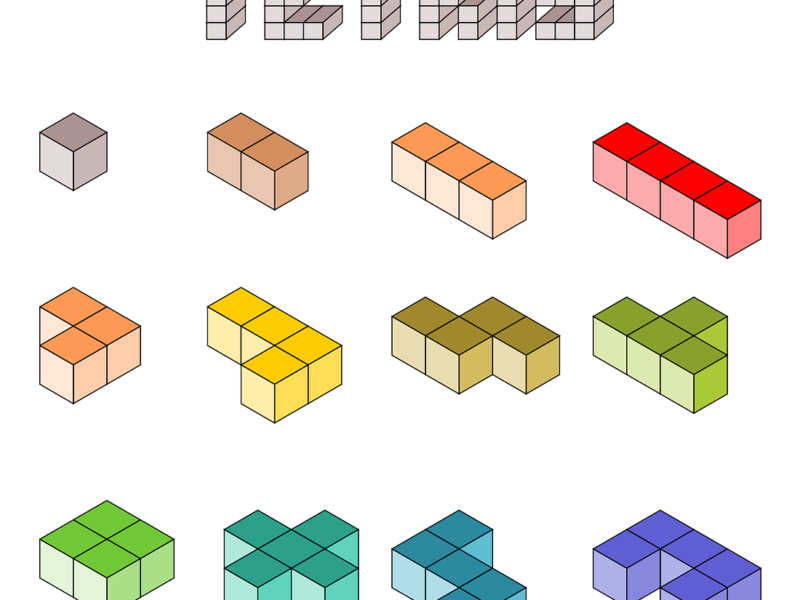New research suggests the video game stalwart represents ‘flow’ — a state of blissful distraction
The venerable video game was used in a recent experiment to create a state of “flow” – the term psychologists use to describe a state of mind so engaged it makes the rest of the world fall away, and time pass more quickly. UCR researcher Kate Sweeny and her team have found that state of perfect disengagement may improve the otherwise-emotionally unpleasant experience of awaiting uncertain news.
In place of Tetris, in which blocks are flipped every which way and stacked into rows, one can substitute flow activities such as rock climbing, carpentry, playing chess, or swimming. Or, Sweeny said, other video games.
“Flow – if it can be achieved – incurs benefits,” said Sweeny, a professor of psychology. “And video games are perfect for flow as long as it’s a game that meets and slightly pushes the skill level of the player.”
Sweeny’s “worry and waiting” research has contributed much to our understanding of worry during periods of anxious waiting, such as for medical test results or the outcome of a job interview. It has suggested that optimists are as prone as pessimists to brace themselves for the worst, that worry can act as a motivator, and that many coping strategies fail us during periods of uncertainty.
In the most recent study, Sweeny homed in on one of those coping strategies: distraction. Distraction is an imperfect coping strategy, because one must reach the flow plateau for distraction to work. And achieving a state of flow isn’t easy. If the activity isn’t challenging enough, you get bored. No flow. If it’s too difficult, you get frustrated. Again, no flow.
“Flow requires a delicate balance,” Sweeny said. “Flow is most readily achieved with activities that challenge the person somewhat, but not too much; have clear, achievable goals; and that provide the person with feedback about how they’re doing along the way.”
Enter Tetris, and 290 undergraduate students, who were Sweeny’s study subjects. When they entered the lab, the students were told the study would be about physical attractiveness. They filled out a questionnaire, after which a photo was taken of them. They were then told that students in another location would rate their physical attractiveness.
While they were ostensibly being rated, the students were then asked to play Tetris for 10 minutes. The game was introduced at varying levels: one level was “low challenge,” i.e, easy; the second was “adaptive,” changing in difficulty as participants’ abilities increased; the third was “high challenge,” or difficult.
After the game, they completed a survey measuring flow, worry, and emotion. Finally, the study’s research assistants explained the true nature of the research.
The participants who achieved flow – those in the adaptive group – experienced less negative emotion, and greater positive emotion than those who were bored, or for whom the level of play was too difficult.
That study was one of three studies that Sweeny combined as part of her research on flow. The first two looked variously at law students awaiting the results of the California bar exam, and Ph.D. students awaiting news from job applications. In both instances, participants reported less worry and felt emotionally better when they experienced greater flow.
“The Tetris study is key because it experimentally manipulates flow and shows effects of that manipulation, which provides convincing evidence that flow actually causes well-being during waiting periods, not that it just happens to coincide with well-being,” Sweeny said.
Source: University of California – Riverside
Journal: Emotion
Funder: National Science Foundation

